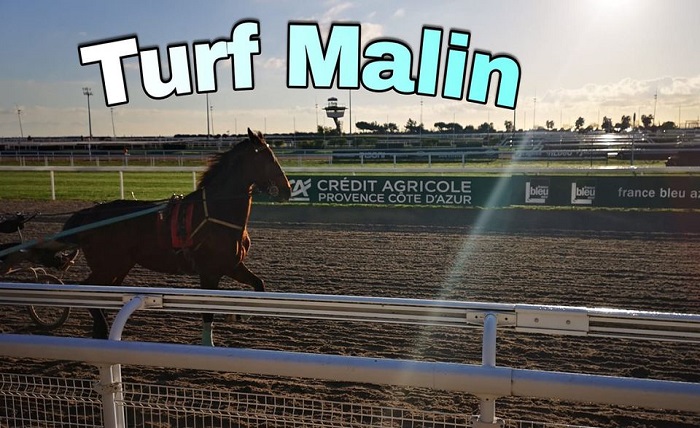Exploring the Beauty of Turf Malin in Modern Landscaping

Introduction
“Turf malin” represents a smart approach to landscaping, blending aesthetics with practicality. This method involves using various types of turf to create dynamic, sustainable outdoor areas. It’s an ideal solution for anyone looking to enhance their outdoor space while promoting environmental sustainability.
What is Turf Malin?
At its core, “turf malin” refers to the intelligent selection and management of turfgrass that suits specific environmental conditions and usage needs. It focuses on choosing the right types of grass that can thrive in your local climate, reducing the need for excessive water and chemical treatments.
Types of Turf Used in Turf Malin
Understanding the different types of turf is crucial in “turf malin.” Options range from Kentucky bluegrass, which is durable and ideal for cooler climates, to Bermuda grass, perfect for warmer areas due to its heat tolerance. Each type has unique characteristics that make it suitable for different landscaping needs.
Benefits of Turf Malin
The benefits of “turf malin” are extensive. It not only enhances the visual appeal of your property but also contributes to biodiversity and helps in soil preservation. Additionally, smart turf choices can lead to reduced water usage and lower maintenance costs.
Implementing Turf Malin in Residential Areas
In residential settings, “turf malin” can transform yards into lush, comfortable, and usable spaces. It involves selecting the right turf type based on traffic, sunlight exposure, and other local factors. This ensures a green space that remains beautiful with minimal upkeep.
Turf Malin for Commercial Properties
Commercial properties can also benefit greatly from “turf malin.” It helps create welcoming landscapes that are easy to maintain and can withstand high foot traffic. This approach can significantly enhance the aesthetic appeal and environmental quality of business premises.
Maintenance Tips for Turf Malin
Maintaining “turf malin” involves regular but simplified tasks such as proper watering, occasional mowing, and aeration. The key is to adapt these tasks to the type of turf and local climate conditions, ensuring the health and longevity of the grass.
Eco-Friendly Practices with Turf Malin
“Turf malin” supports eco-friendly landscaping practices by promoting the use of native grasses and reducing the dependency on chemical fertilizers and pesticides. It’s an excellent way to create a green space that contributes positively to the local ecosystem.
Innovative Designs Using Turf Malin
This approach allows for innovative designs in landscaping. “Turf malin” can be used to create intricate patterns, combine different types of grass for artistic effects, and integrate seamlessly with other landscape elements like stones, water features, and native plants.
The Future of Landscaping with Turf Malin
As environmental concerns continue to grow, “turf malin” is set to become a leading trend in landscaping. It aligns with the global movement towards sustainability and resilience in gardening and urban design, making it a smart choice for future projects.
Conclusion
“Turf malin” is more than just choosing the right type of grass; it’s about making intelligent decisions that benefit both the environment and the aesthetics of your space. As we move forward, integrating “turf malin” into our landscaping projects will help us build more sustainable, beautiful, and functional environments.
FAQs about Turf Malin
Q1: What is the best time of year to implement “turf malin”?
A1: The best time varies depending on your climate, but generally, spring and fall are ideal for turf establishment.
Q2: How often should “turf malin” be watered?
A2: Watering frequencies depend on the type of turf and local weather conditions. Typically, less frequent but deeper watering promotes healthier root growth.
Q3: Can “turf malin” be used in shady areas?
A3: Yes, there are specific types of grass like fine fescue that are suitable for shaded areas in “turf malin” designs.
Q4: Is “turf malin” suitable for high-traffic areas?
A4: Absolutely. Grasses like Bermuda grass are ideal for high-traffic areas due to their durability and fast recovery rate.
Q5: How does “turf malin” contribute to biodiversity?
A5: By using native grasses and reducing chemical usage, “turf malin” helps support local wildlife, including beneficial insects and birds.



